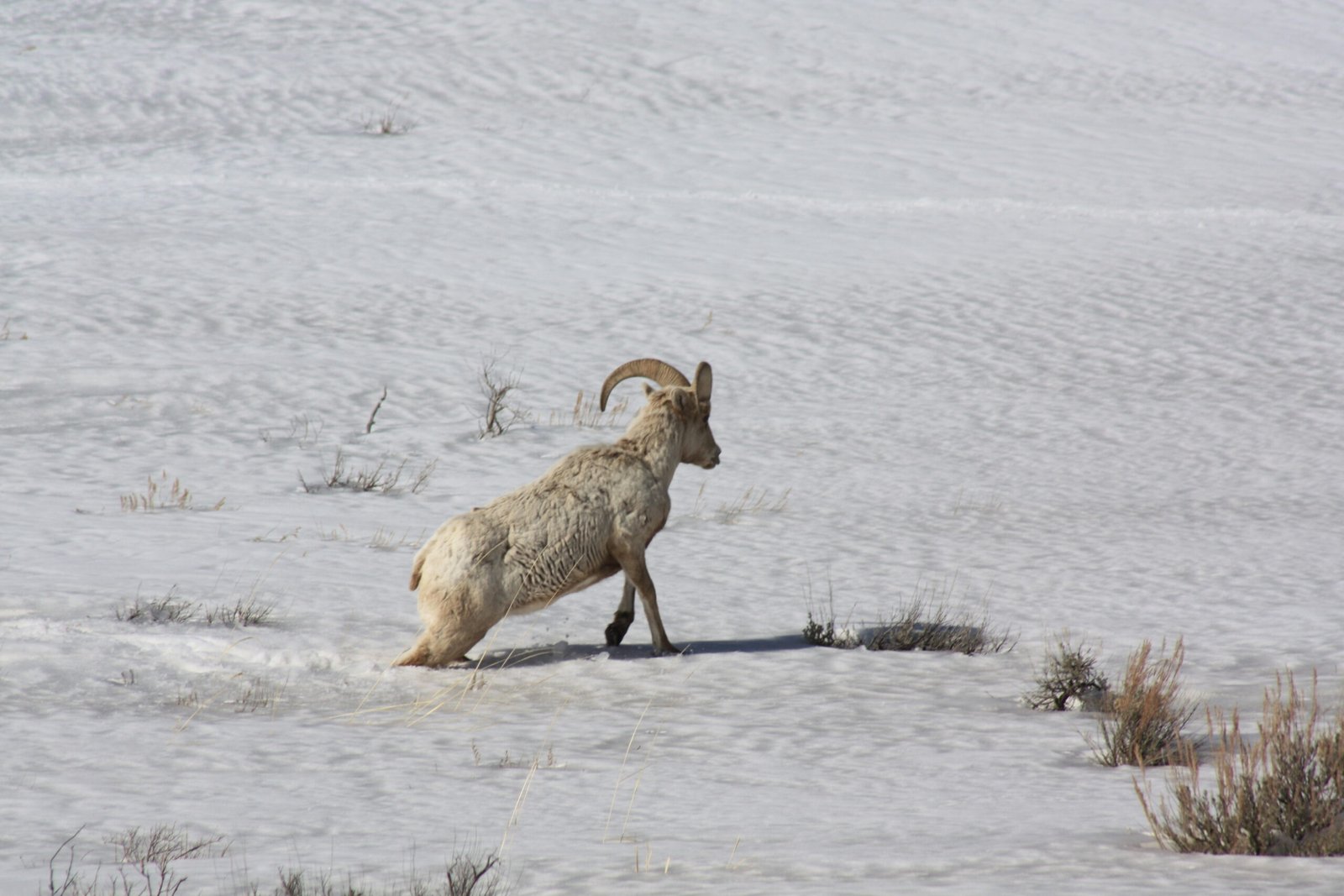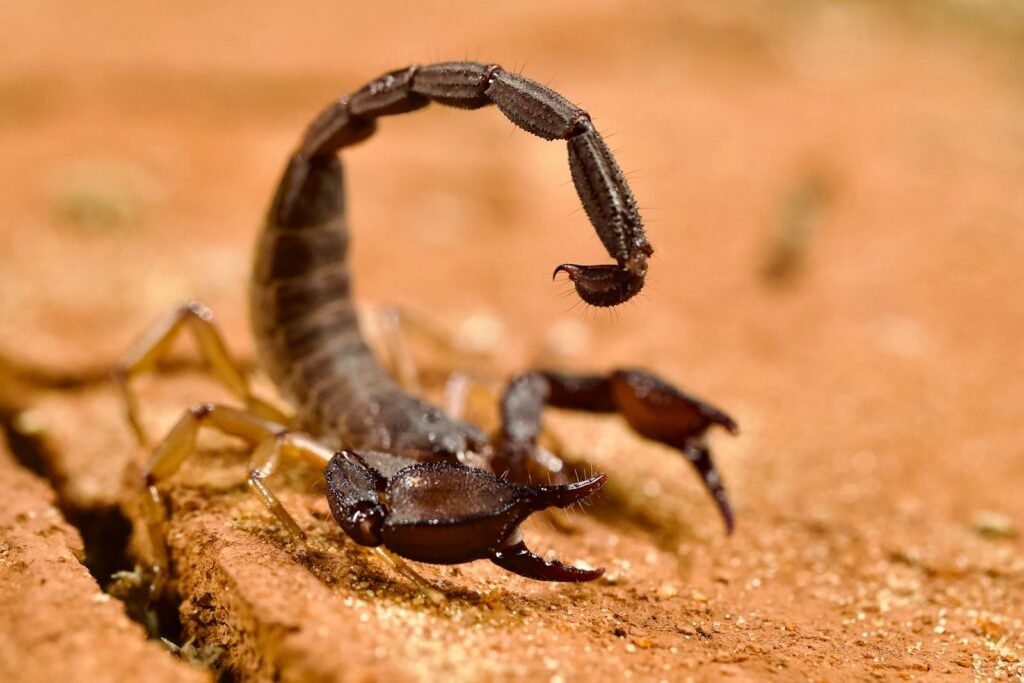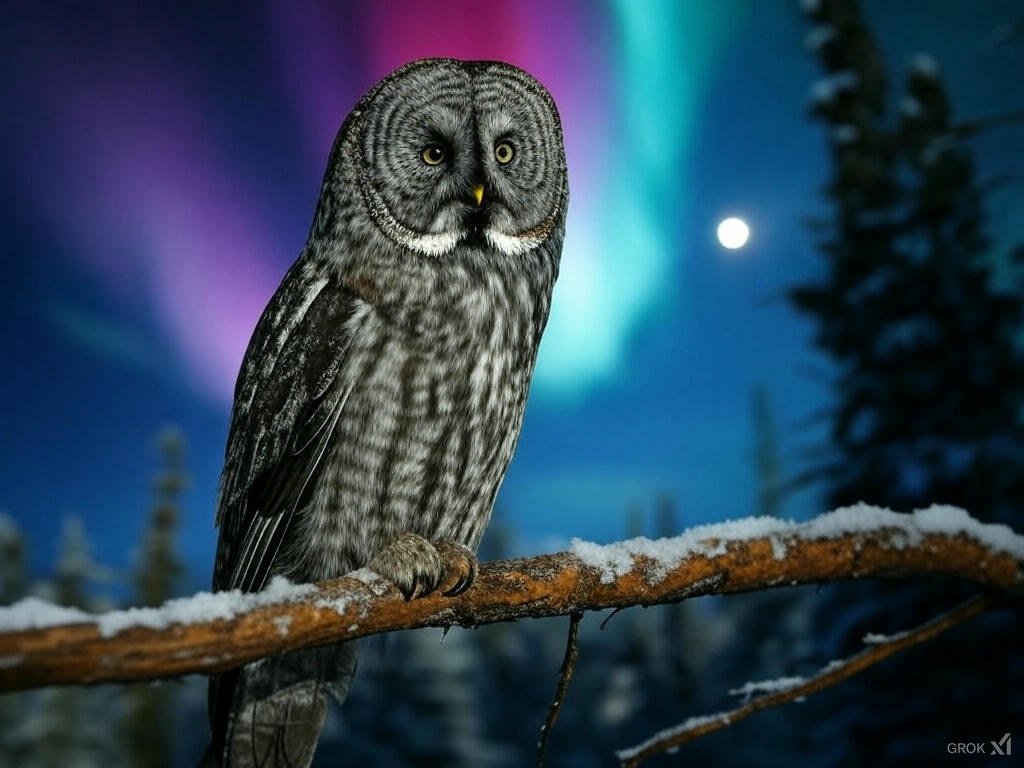Picture this: a sudden chill sweeps through the air, or haunting music sends shivers down your spine. Instantly, tiny bumps prickle your skin, standing hairs at attention like silent soldiers. We call them goosebumps—a strange, almost magical reaction that connects us to something primal, ancient, and mysterious. But why does this peculiar phenomenon happen? And what secrets do these tiny bumps reveal about the story of our species? Let’s journey through the remarkable science and history behind goosebumps, exploring how an ancient reflex still shapes our everyday lives, even in a world far removed from the wild origins of our ancestors.
The Science Behind Goosebumps: What’s Really Happening?
Goosebumps, scientifically known as piloerection, occur when tiny muscles at the base of each hair follicle contract. These muscles, called arrector pili, are controlled by the autonomic nervous system—the same system that manages heart rate and breathing. When triggered, the muscles pull the hair upright and create those familiar bumps on the skin. This involuntary response can be caused by cold, fear, awe, or even certain strong emotions. The sensation is often so subtle that we only notice it when we look down and see the change on our arms. It’s a fascinating little dance of biology, happening beneath the surface without any conscious thought.
Our Hairy Ancestors: The Evolutionary Roots of Goosebumps
To understand why we get goosebumps, we have to travel back in time to when our ancestors were covered in thick body hair. For them, raising the hair served two key purposes: insulation and intimidation. When cold, standing hairs trapped air, creating a layer of warmth close to the skin—like a natural, built-in blanket. In moments of fear or aggression, raised fur made early humans and animals appear larger and more threatening to predators or rivals. Today, we have lost most of our body hair, but the reflex remains, a silent echo of our evolutionary past.
Cold Weather and the Shiver Response
One of the most common triggers for goosebumps is exposure to cold. When the body senses a drop in temperature, it kicks into survival mode. The arrector pili muscles contract, causing the hairs to stand up. While this doesn’t do much for modern humans with sparse body hair, it was once a crucial adaptation for warmth. Imagine a hedgehog curling up in the cold, its spines bristling to keep heat in. Similarly, our ancestors relied on this reflex to protect themselves from freezing temperatures, long before the invention of jackets and central heating.
Fear, Danger, and the Fight-or-Flight Reflex
Goosebumps aren’t just about the cold—they’re also closely tied to our emotional responses, especially fear. When we’re startled or sense danger, the body’s fight-or-flight system jumps into action. Adrenaline surges, heart rate increases, and goosebumps appear. This response made our ancient relatives look bigger and more formidable, potentially scaring off predators. Think of a cat arching its back and puffing up its fur when threatened; humans share a similar, though less dramatic, reaction. Even today, a scary movie or sudden loud noise can trigger this age-old defense mechanism.
Music, Awe, and Emotional Triggers
Goosebumps don’t only happen in moments of fear or cold—they can also be sparked by emotion. Have you ever listened to a powerful song or watched an inspiring scene in a movie and felt a tingling rush across your skin? Scientists believe that emotionally charged moments can activate the same brain circuits as fear and surprise. This overlap explains why beauty, awe, and even nostalgia might give you chills. Our brain interprets these intense feelings as significant, worthy of a physical response, even if there’s no immediate threat or reason to feel cold.
Animals and Goosebumps: A Universal Reflex

Humans aren’t the only creatures with this remarkable reflex. Many animals use piloerection as a vital survival tool. Porcupines raise their quills when threatened, making themselves look dangerous. Birds fluff their feathers in the cold to trap heat more effectively. Even some reptiles can raise their scales for intimidation. This widespread occurrence across species highlights just how ancient and important the goosebumps response is in the animal kingdom. It’s a shared language of survival, written in the skin.
The Brain’s Role: How Signals Travel to Your Skin
The journey from stimulus to goosebumps starts in the brain, specifically in areas that process emotion and sensation. When something triggers a response—be it cold air, fear, or awe—the hypothalamus sends signals through the spinal cord to the arrector pili muscles. This communication happens almost instantly, without any conscious effort. The process is similar to how you might flinch before realizing what startled you. It’s a testament to the body’s remarkable ability to protect and react, guided by neural pathways honed over millions of years.
Goosebumps in Modern Life: More Than a Quirk
Today, goosebumps might seem like a quirky or even useless leftover from our evolutionary history. Yet, they still play a role in connecting us to our emotions and environment. Some researchers suggest that people who experience goosebumps more frequently in response to art, music, or meaningful moments may be especially sensitive or empathetic. In this way, goosebumps are not just about primitive survival—they’re also about feeling deeply and connecting with the world around us. They remind us that our bodies are tuned to experience life fully, both physically and emotionally.
Medical Oddities and When Goosebumps Go Awry

While goosebumps are generally harmless, there are rare situations where the reflex can be a sign of underlying health issues. Certain neurological conditions, medications, or hormonal imbalances may cause spontaneous or persistent goosebumps. Sometimes, they appear on only one part of the body, which can indicate nerve damage or other medical concerns. These cases are uncommon, but they highlight how the body’s ancient reflexes are still closely tied to our health and wellbeing. If goosebumps occur frequently without clear triggers, it’s wise to consult a doctor.
The Emotional Power of Goosebumps: A Human Experience
There’s something beautifully universal about goosebumps. Whether they’re brought on by a chill, a frightening story, or the breathtaking notes of a symphony, they unite us in a shared experience. Goosebumps are a reminder that, no matter how advanced we become, we are still deeply connected to our primal roots. They are physical proof of our capacity to be moved, thrilled, and even frightened—often without warning or control. As the poet Rainer Maria Rilke once said, “The only journey is the one within.” Goosebumps are a sign that, sometimes, the most profound journeys happen just beneath the surface of our skin.
The next time you feel those tiny bumps rise on your arms, remember: you’re experiencing a living connection to your ancient heritage, a silent language spoken by your body for millennia. Isn’t it astonishing how much history can be hidden in a simple shiver?



